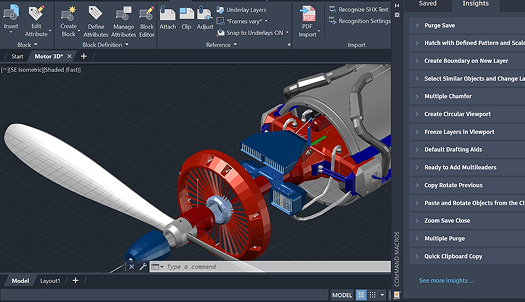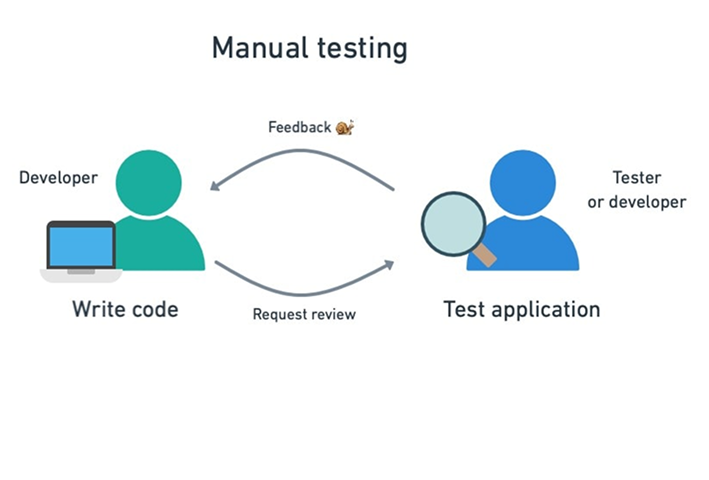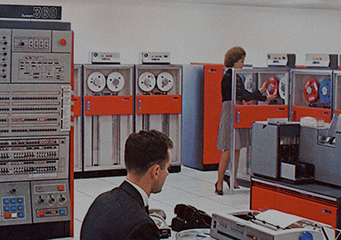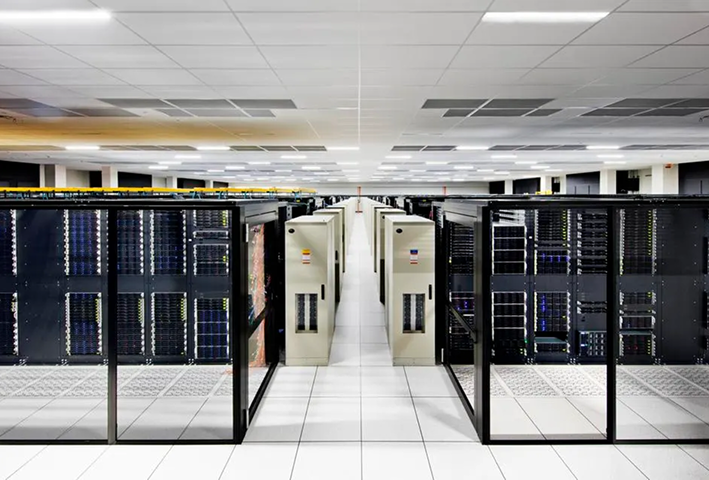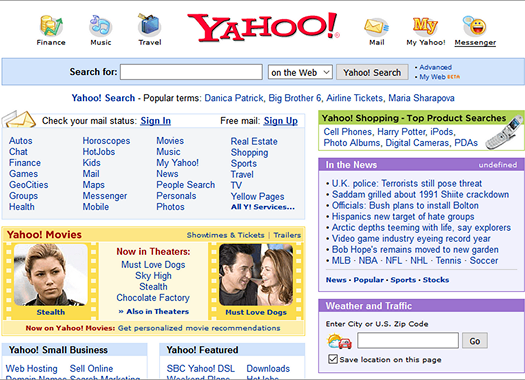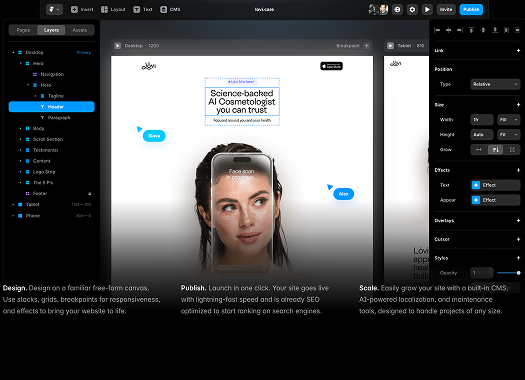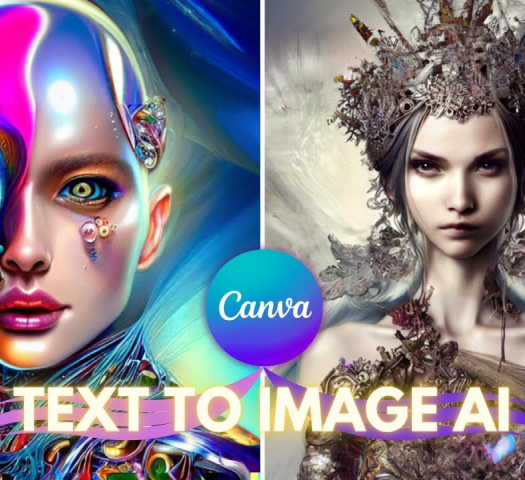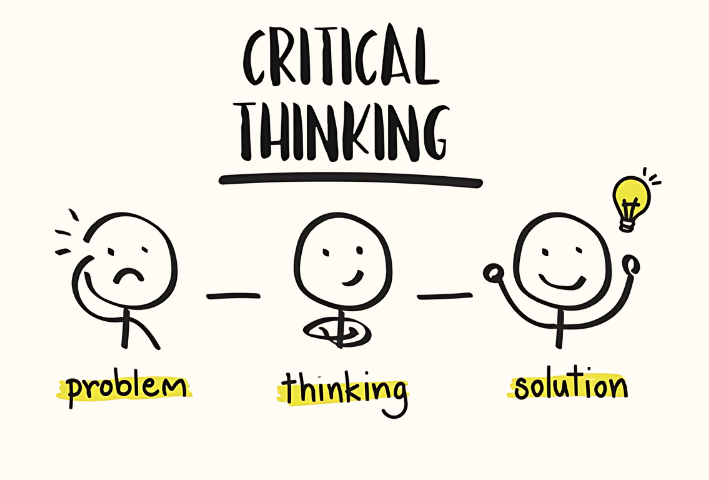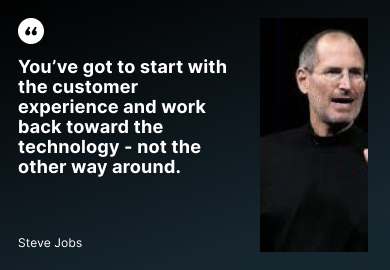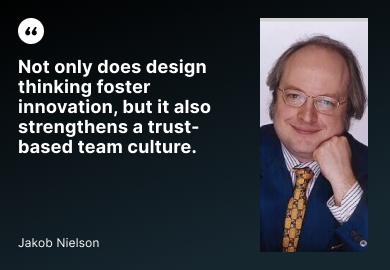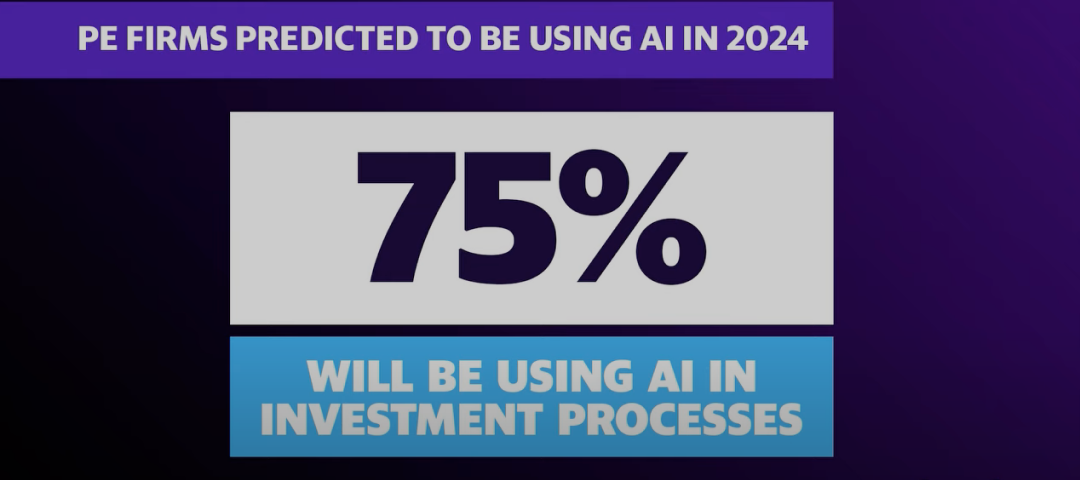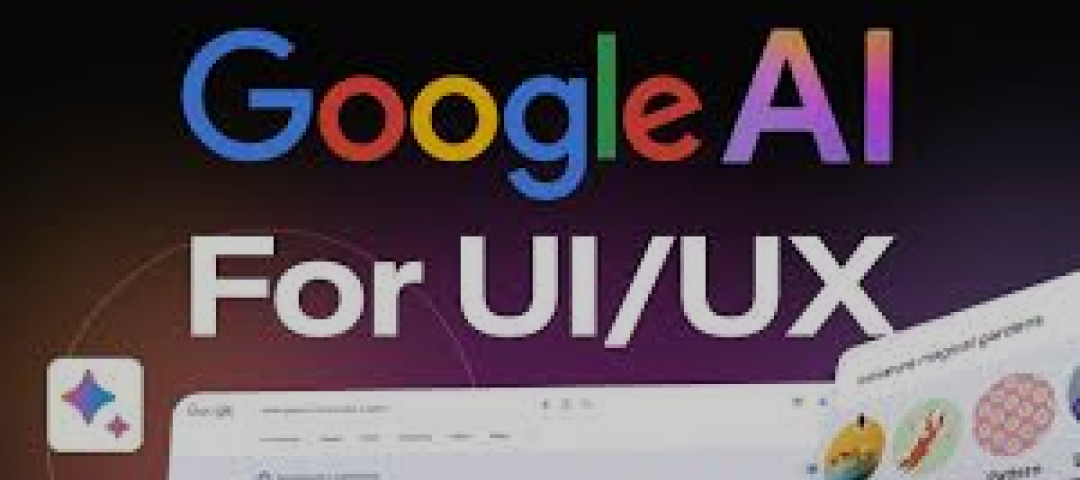Now, let’s talk about how these advancements have woven themselves into the fabric of engineering, software development, web engineering, and application development. Picture this: you're a web engineer working on a new app. In the past, you might have spent countless hours coding every single feature. But today, AI is like your co-pilot, automating repetitive tasks and offering real-time code suggestions. Tools like GitHub Copilot have become indispensable, speeding up the development process and reducing errors.
Or imagine you're developing a new website. Thanks to AI, you can integrate chatbots that provide instant customer support, recommendation systems that tailor the user experience, and personalized content delivery that keeps users engaged. Platforms like Wix and Shopify leverage AI to help users create optimized and personalized websites with ease.
AI has transformed how we interact with technology, making it more intuitive and responsive. Applications powered by AI are everywhere. From voice-activated assistants like Siri and Alexa to predictive analytics in e-commerce used by platforms like Amazon and Alibaba, AI-driven applications are making our lives easier and our interactions with technology seamless.
But here’s the intriguing part: this is just the beginning. The future of AI in engineering and application development is an open book, filled with endless possibilities. As AI continues to evolve, what new capabilities will emerge? How will the integration of AI further transform our industries and daily lives?
Consider the advancements in autonomous driving by companies like Tesla, where AI not only assists but makes driving decisions. Or the breakthroughs in healthcare, where AI models developed by companies like DeepMind can predict patient outcomes and assist in diagnostics.
The story of AI is far from over, and as we stand on the brink of new discoveries, one can't help but wonder what the next chapter will bring. The journey continues, and the future is waiting to be written.


